Military
Spruce Goose Historical Plane
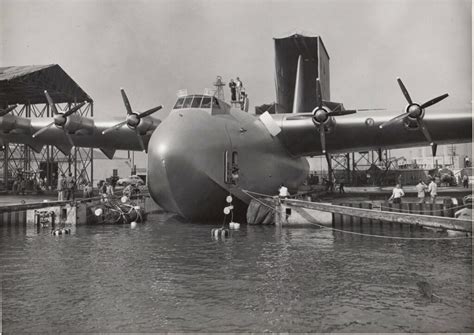
Introduction to the Spruce Goose

The Spruce Goose, officially known as the Hughes H-4 Hercules, is a historic aircraft that has garnered significant attention for its unique design and intriguing backstory. Constructed from wood due to wartime restrictions on metal, this massive flying boat was the brainchild of the enigmatic entrepreneur and aviation enthusiast, Howard Hughes. The aircraft’s name, “Spruce Goose,” was coined by the media, referencing the primary material used in its construction, despite the fact that it was actually made from birch, not spruce.
Design and Construction
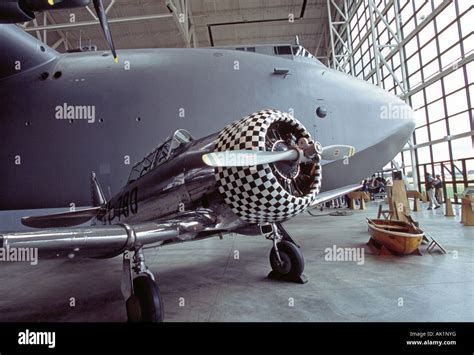
The design and construction of the Spruce Goose were notable for their time. With a wingspan of over 320 feet and a length of nearly 219 feet, it was one of the largest aircraft ever built, designed to carry 66 troops or a 35-ton payload. The use of wood in its construction was a result of the U.S. government’s restrictions on the use of aluminum during World War II, aiming to conserve this crucial material for other military productions. The innovative wooden design was intended to make the aircraft buoyant, allowing it to land and take off from water.
First and Only Flight

On November 2, 1947, the Spruce Goose made its first and only flight, piloted by Howard Hughes himself. The flight lasted about a minute, covering a distance of approximately one mile over the waters of Long Beach Harbor, California, at an altitude of about 70 feet. Although the flight was brief, it proved the aircraft’s capability to fly, albeit under restricted conditions. However, due to various reasons including the end of World War II, the project’s funding was withdrawn, and the Spruce Goose never entered production or saw operational service.
Legacy and Preservation
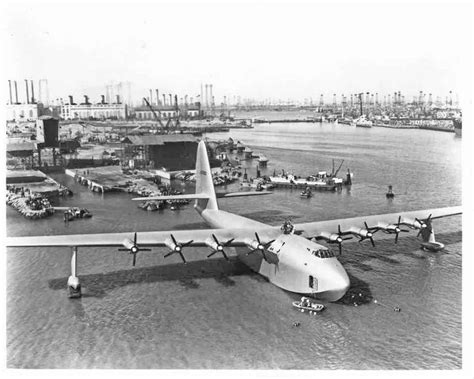
The Spruce Goose has become an iconic symbol of innovation and ambition in aviation history. After its flight, the aircraft was stored in a climate-controlled hangar, and over the years, it underwent several moves and changes in ownership. In 1993, the Evergreen Aviation & Space Museum in McMinnville, Oregon, acquired the Spruce Goose, where it is currently on display. The aircraft has been meticulously restored and preserved, serving as a testament to the visionary spirit of Howard Hughes and the engineering prowess of the era.
🚀 Note: The preservation of the Spruce Goose is not only a tribute to its historical significance but also an educational resource, offering insights into the challenges and innovations of aviation engineering during the mid-20th century.
Technical Specifications
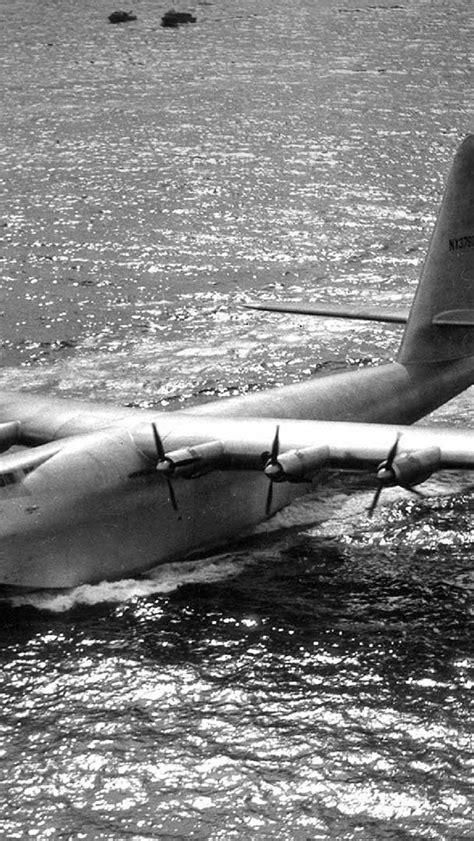
The technical specifications of the Spruce Goose are as impressive as they are intriguing: - Length: 218 feet 8 inches - Wingspan: 320 feet 11 inches - Height: 79 feet 4 inches - Empty weight: 250,000 pounds - Gross weight: 300,000 pounds - Powerplant: 8 × Pratt & Whitney Wasp Major radial engines, 3,000 hp each - Maximum speed: Estimated 250 mph - Range: Estimated 3,000 miles
Impact on Aviation History

The Spruce Goose, despite its limited flight history, has had a significant impact on aviation. Its design and construction paved the way for future large aircraft, pushing the boundaries of what was thought possible. The use of wood in its construction, though born out of necessity, showcased innovative materials science. Moreover, the project’s ambition and the controversies surrounding it have made the Spruce Goose a fascinating case study in the intersection of aviation, engineering, and entrepreneurship.
Conclusion

The story of the Spruce Goose is a captivating blend of vision, innovation, and the challenges of pushing beyond the boundaries of what is thought possible. As a historical aircraft, it serves not only as a reminder of the ambitions of its creator, Howard Hughes, but also as a symbol of the relentless pursuit of innovation in aviation. Its preservation and display ensure that future generations can learn from and appreciate this monumental piece of aviation history.
What was the primary reason for the Spruce Goose being made of wood?

+
The primary reason for the Spruce Goose being made of wood was due to the U.S. government’s restrictions on the use of aluminum during World War II, aiming to conserve this crucial material for other military productions.
How long did the Spruce Goose’s first and only flight last?

+
The Spruce Goose’s first and only flight lasted about a minute, covering a distance of approximately one mile over the waters of Long Beach Harbor, California.
Where is the Spruce Goose currently on display?
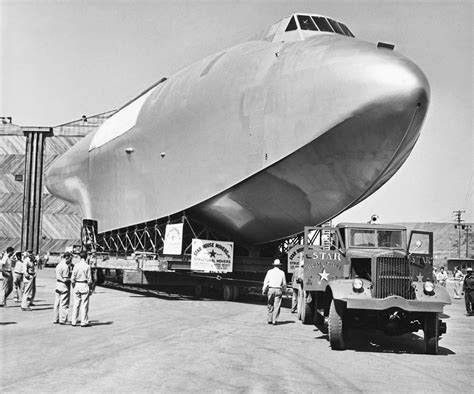
+
The Spruce Goose is currently on display at the Evergreen Aviation & Space Museum in McMinnville, Oregon.



